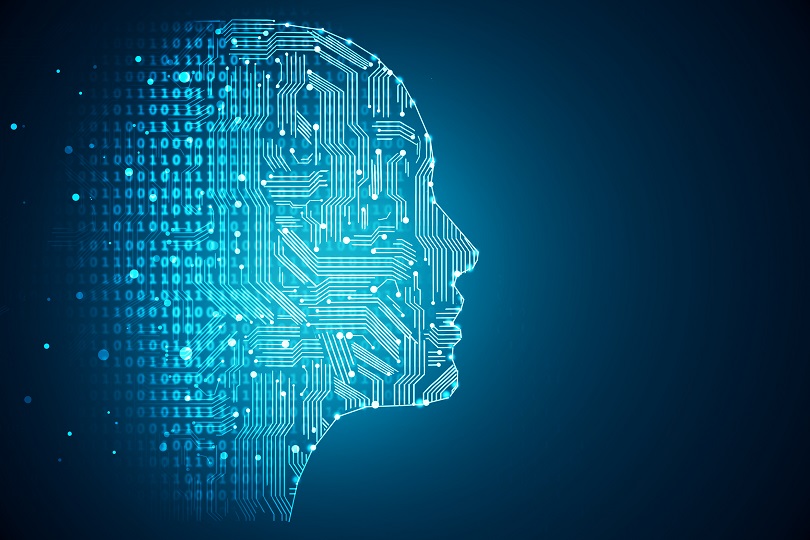Industrie 4.0 popularly known as the fourth industrial revolution, is a concept and a trend that aims at taking the manufacturing industry to the next level using futuristic technologies such as the Internet of Things, Data Analytics, and Cloud Computing, etc. Although initially a product of the German Government, today Industrie 4.0 is hailed as a revolutionary idea that will establish an industrial roadmap for others to follow.
The following facts shed light on some of the most important and intriguing characteristics of the Fourth Industrial Revolution:
DATA-DRIVEN MANUFACTURING
According to the analysts, the increased adoption of industrial automation will cause a jump in the global sales, taking it to €195 billion by 2018 from the recorded €160 billion of 2013. That will be accomplished through data-driven manufacturing units which rely on cloud computing, data analytics, and densely interconnected plant machinery. In fact, according to Forbes, 47% of manufacturers expect big data analytics to be a major factor affecting their performance.
Key Insights:
- – Data-oriented technologies will secure a prominent spot in manufacturing industries
- – Demand for data scientists and analysts will significantly increase with time
SELF-OPTIMIZING FACTORIES
Industrie 4.0 lays the foundation of the “future-factories” that are highly automated and technology-driven. One of the likely applications of this would be an infrastructure that is capable of self-organizing and self-optimizing. These factories will be able to self-fix supply chain anomalies, leaks, etc. and reassign the delivery systems for increased optimization.
Key Insights:
- Monitoring of product development processes will reach a new level of accuracy and perfection.
- Anomalies occurring during manufacturing will be dealt by the AI and advanced robotics for the most part.
PHYSICAL MERGES WITH VIRTUAL
One of the key objectives of smart factories is to save upgrade costs. This is where mapping of the physical world over a virtual world can be of great help.
Siemens PLM software (the same software that was used to simulate the landing of the Mars Curiosity Rover in 2012), for instance, is today used by “smart factories” to test different products in the fabric of virtual reality. This throws the weak methodology of “hit and trial” out of the window, and helps identify possible errors before the actual physical work starts in the production facilities.
Key Insights:
- From the development of product prototypes to the real development process, all can be simulated beforehand by the manufacturers so that the risk of roadblocks is mitigated once the production incepts.
- Plant layouts, when designed from scratch or adapted for new production requirements, can also be created and tested in a virtual world first to prevent expensive “post-setup” changes.
RISE OF ADDITIVE MANUFACTURING
Additive manufacturing has a tremendous potential that can be easily integrated with the “future-factories” opposed to subtractive manufacturing. Additive manufacturing uses fewer resources and raw materials and can produce some of the most complex designs easily and quickly. General Motors is already ahead in this segment and plans to make 100,000 different parts by 2020 using the technology.
Key Insights:
- Minimum wastage of material in future factories.
- Medical and scientific equipment, aircraft manufacturers, etc. will be able to materialize powerful and intricate designs, thanks to the remarkable flexibility achieved through 3D printing.
EXPONENTIAL TECHNOLOGIES
Exponential technologies such as advanced robotics, Artificial Intelligence (AI), and sensor technology will act as accelerants and allow for enhanced flexibility and increased cost savings.
Key Insights:
- Data collected by sensors, cameras, networks, etc. can be used for AI learning and infrastructure enhancement.
- Minimum human intervention will protect lives and minimize health hazards around machinery.
Conclusion
The word “manufacturing” used to conjure up images of mechanical, unimaginative and dull factories a few years ago. However, as technology grows by leaps and bounds, we can look into the window of the future that showcases “futuristic” factories where machinery is smarter than ever and helps produce marvellous products in unbelievable quantities with Industrie 4.0.









